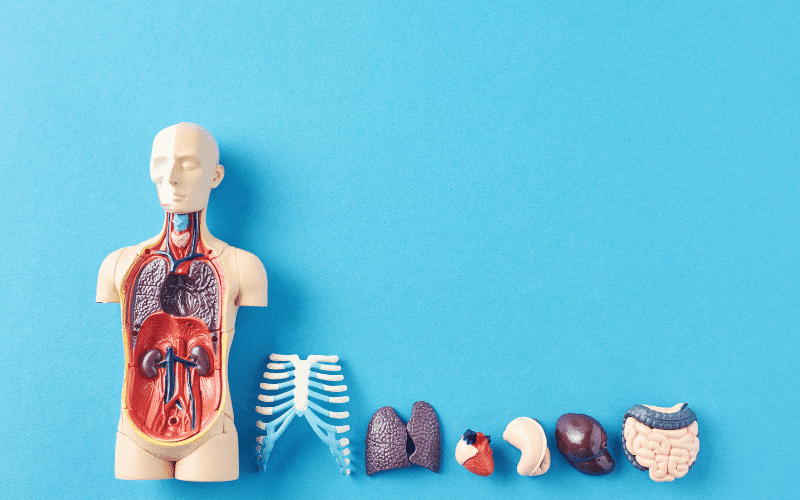Introduction: Unraveling the Complexity of MODS

MODS represents a challenging scenario in intensive care units across the globe. This condition is not a mere consequence of a single organ failure. Instead, it results from a domino effect where the failure of one organ adversely impacts others, leading to a multi-organ shutdown. Identifying the symptoms at the outset plays a pivotal role in its management.
Acute conditions like sepsis, severe injury, or major surgeries can precipitate MODS. Under such circumstances, the body’s defense mechanism, instead of focusing on the primary issue, initiates a systemic inflammatory response that can lead to the dysfunction of multiple organs.
Over time, the initial organ affected loses its ability to function properly, sending ripple effects throughout the body. This interdependence between organ systems is what makes MODS a major concern and an active area of research. Timely identification of the symptoms associated with each organ’s failure can help in early diagnosis and effective management of MODS.
Now, let’s take a deep dive into the ten symptoms indicative of this severe condition, which can help save lives if identified early.
Symptom 1: Respiratory Distress – The Bellwether of MODS

One of the earliest signals that Multiple Organ Dysfunction Syndrome may be developing in a patient is respiratory distress. It’s a wide-ranging term, covering anything from shortness of breath to an inability to breathe without help.
In the initial stages of MODS, the respiratory system may fail to maintain adequate oxygen levels in the blood. Patients often describe this as a sensation of suffocation or struggling to get a full breath. Even at rest, the act of breathing may become arduous and laborious, further complicating the clinical picture.
As the condition deteriorates, healthcare providers might find abnormally low oxygen saturation levels during routine check-ups or diagnostic testing. This situation is known as hypoxemia and typically points towards an impending respiratory failure.
Eventually, the patient might require assistance with breathing, leading to a scenario known as acute respiratory distress syndrome (ARDS). In ARDS, fluid buildup in the lungs’ tiny, elastic air sacs, or alveoli, impedes the oxygenation process, leading to severe shortness of breath.
Take note that any discomfort or difficulty in breathing warrants immediate medical attention. It can be the first domino to fall in the cascade of events leading to MODS. (1)